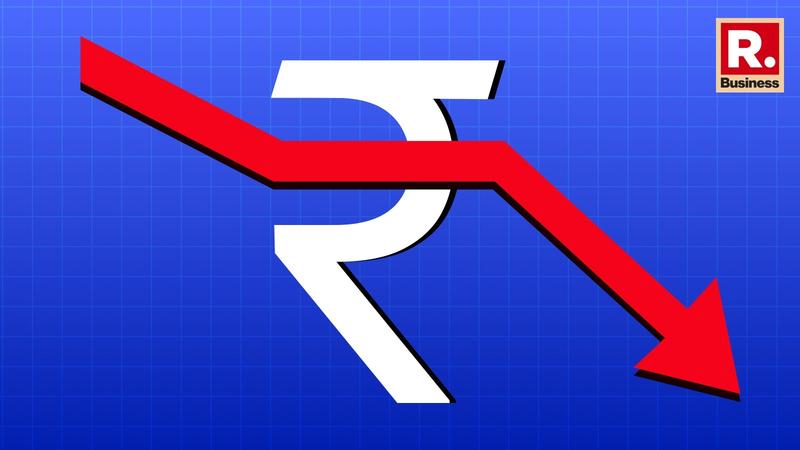Published 15:57 IST, January 24th 2025
Rupee Depreciation: A Concern or Temporary Volatility? Deloitte's Rumki Majumdar Weighs In
India's economy, despite facing slower growth, continues to be one of the fastest-growing in the world, which has helped keep the rupee relatively stable

The Indian Rupee 's depreciation has been a hot topic in the media, sparking debate on whether it signals an alarm for India's economy or presents an opportunity for exporters. In an exclusive conversation with Republic Business, Rumki Majumdar, India Economist at Deloitte, provided insights into the underlying causes of the rupee's fluctuation and its implications for the country's economic outlook.
Majumdar explained that the recent depreciation of the rupee is part of a broader global trend, driven largely by the rise in the value of the U.S. Dollar . "If the value of the dollar goes up, every other currency that specifies the dollar will get beaten up," said Majumdar. The U.S. Dollar Index has surged from around 96-97 three months ago to 108, putting pressure on currencies worldwide.
Triggers For Depreciation
However, Majumdar emphasised that India's economic fundamentals remain strong despite this depreciation. "There is nothing wrong with the economic fundamentals which are reflected in the currency," she explained. "Otherwise, it would have been a steady depreciation, but what we're seeing is a stepwise movement influenced by external factors like global events."
India's economy, despite facing slower growth, continues to be one of the fastest-growing in the world, which has helped keep the rupee relatively stable compared to many other currencies. "India has done well compared to many other currencies, just because the economic fundamentals are strong," Majumdar noted.
While the depreciation has caused some volatility, particularly after events like China's stimulus and the U.S. elections, Majumdar suggested that this is likely to be a short-term phenomenon. "The RBI will ensure that wherever the currency stands, there might be some corrections, but it will remain stable," she said. Majumdar believes that the government and the Reserve Bank of India (RBI) are likely to focus on ensuring stability in the currency, despite some volatility in the coming months.
For traders, currency stability is preferred over frequent fluctuations, as it makes business dealings more predictable. "Traders would prefer stability because fluctuations can hamper contract planning," Majumdar pointed out, referring to the way fluctuations affect trade finance.
Looking ahead, Majumdar forecasted that the rupee would likely stabilize at around 85 against the dollar in the near term. "At the start of this fiscal year, we expected it to be around 84, but the situation has changed," she said. "Most likely, it will stabilize around 85, but volatility is going to persist for the next few months, especially with uncertainty over U.S. policies under the possible return of Donald Trump ."
While the rupee’s future path remains uncertain in the face of global events, Majumdar stressed that the overall outlook for India’s currency is positive. She suggested that the coming months could see some volatility, but the currency is expected to remain relatively stable in the longer term.
As the global political and economic landscape continues to evolve, India’s currency market will likely remain influenced by a combination of domestic stability and external factors, with the government and RBI working to navigate these challenges and maintain the rupee's stability.
Updated 16:31 IST, January 24th 2025